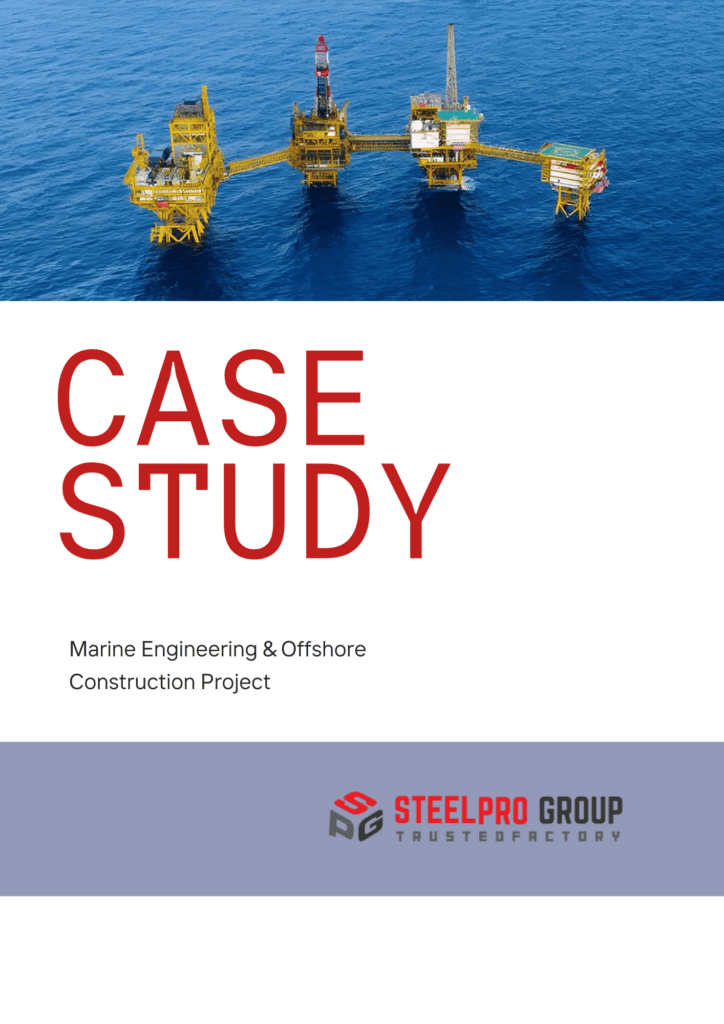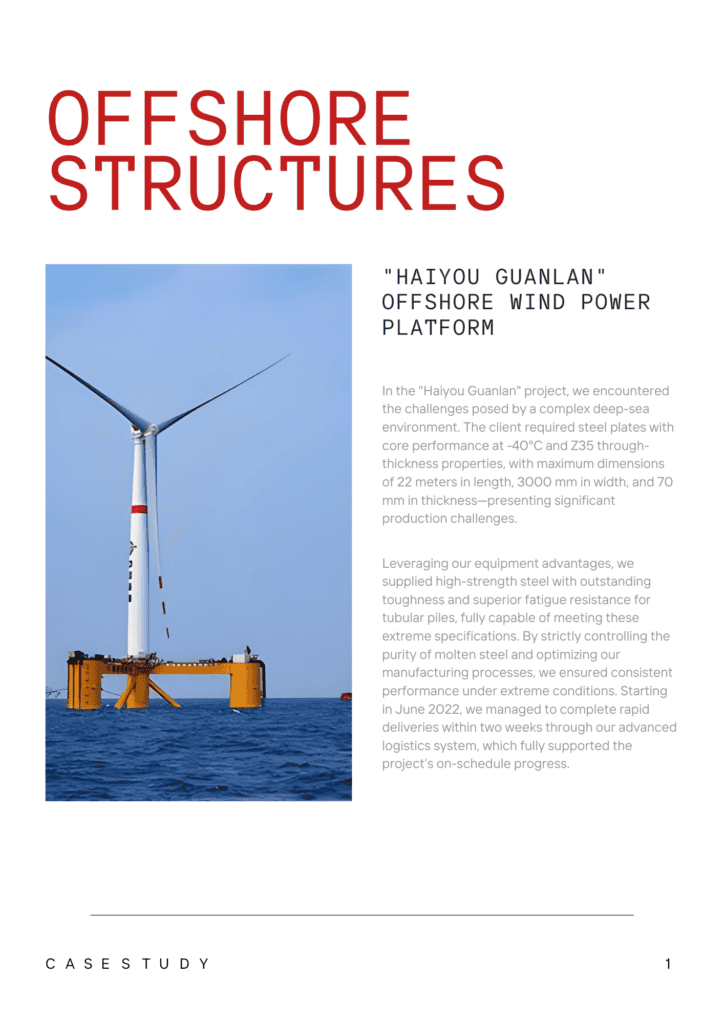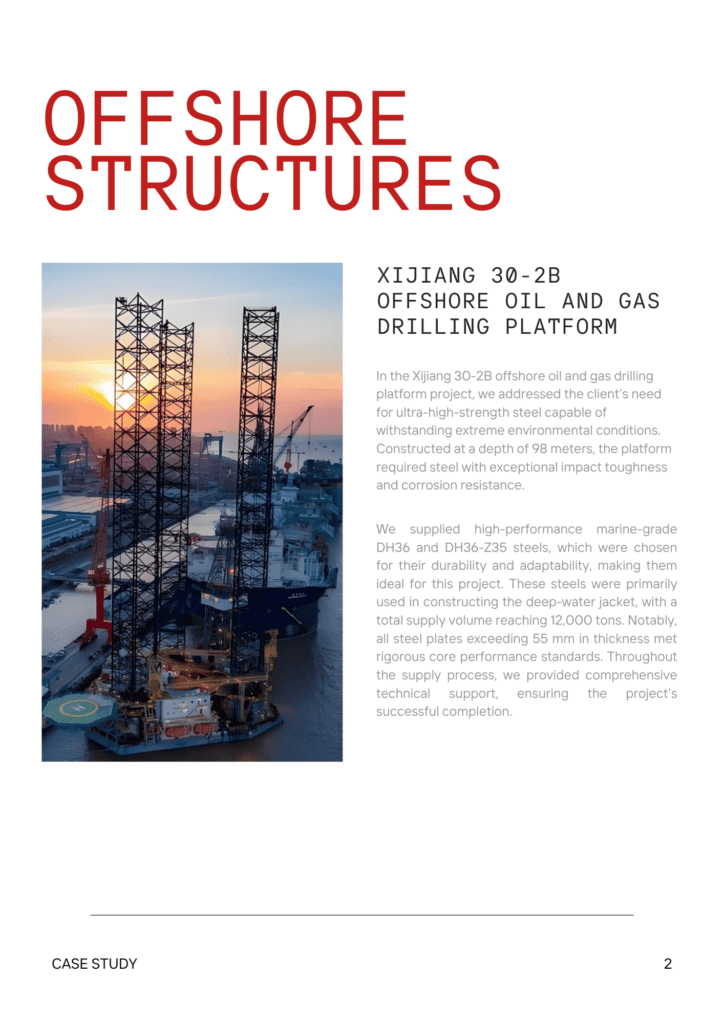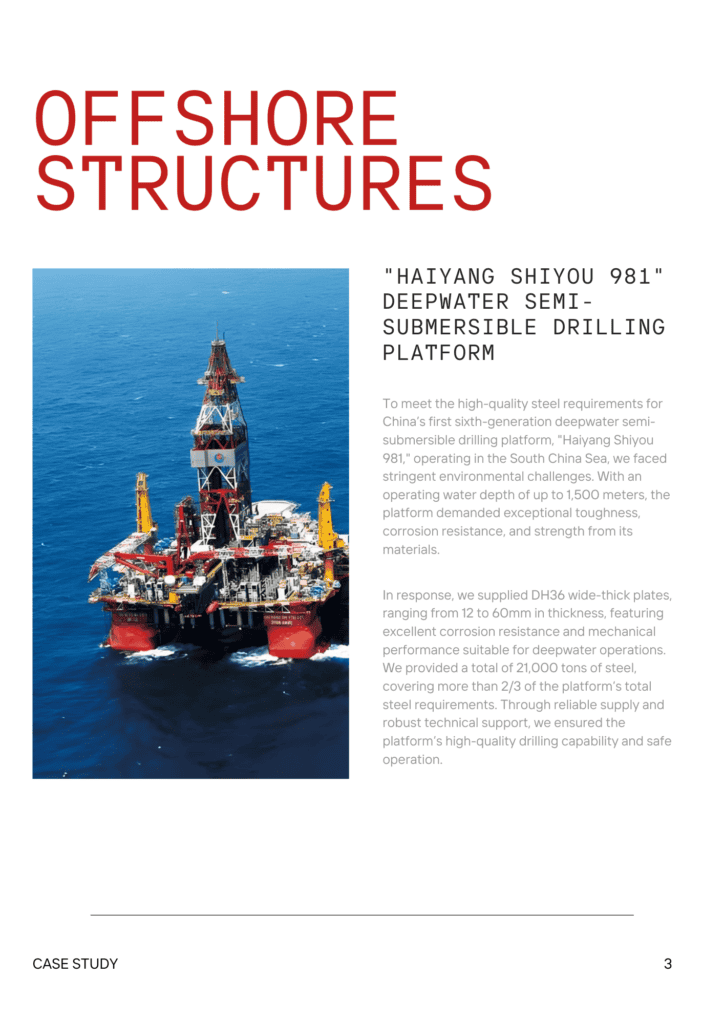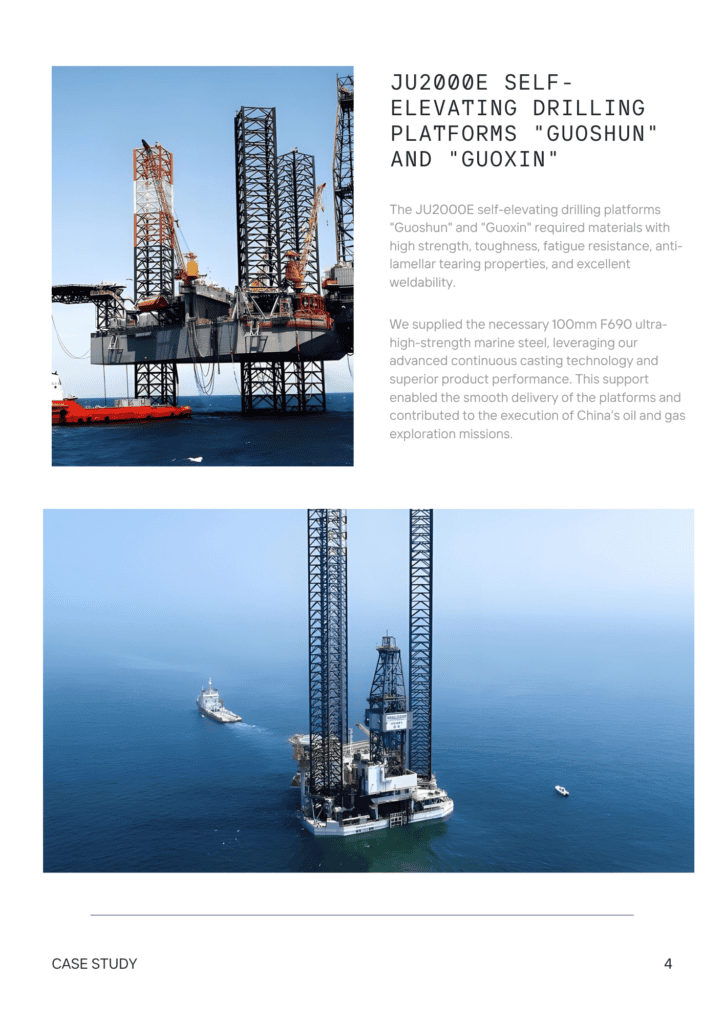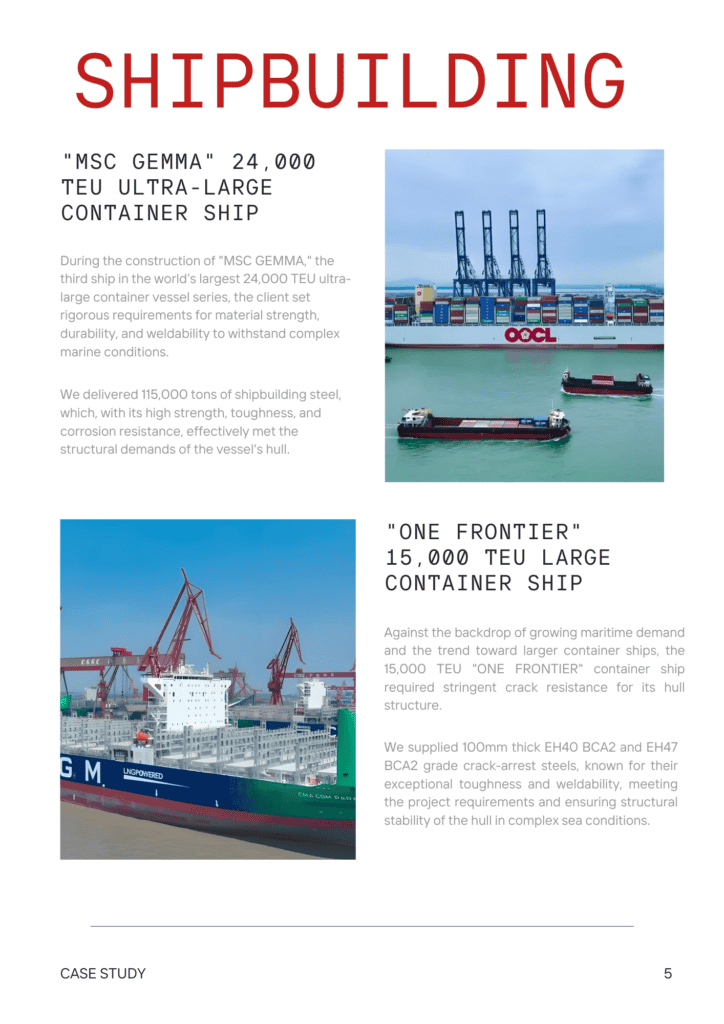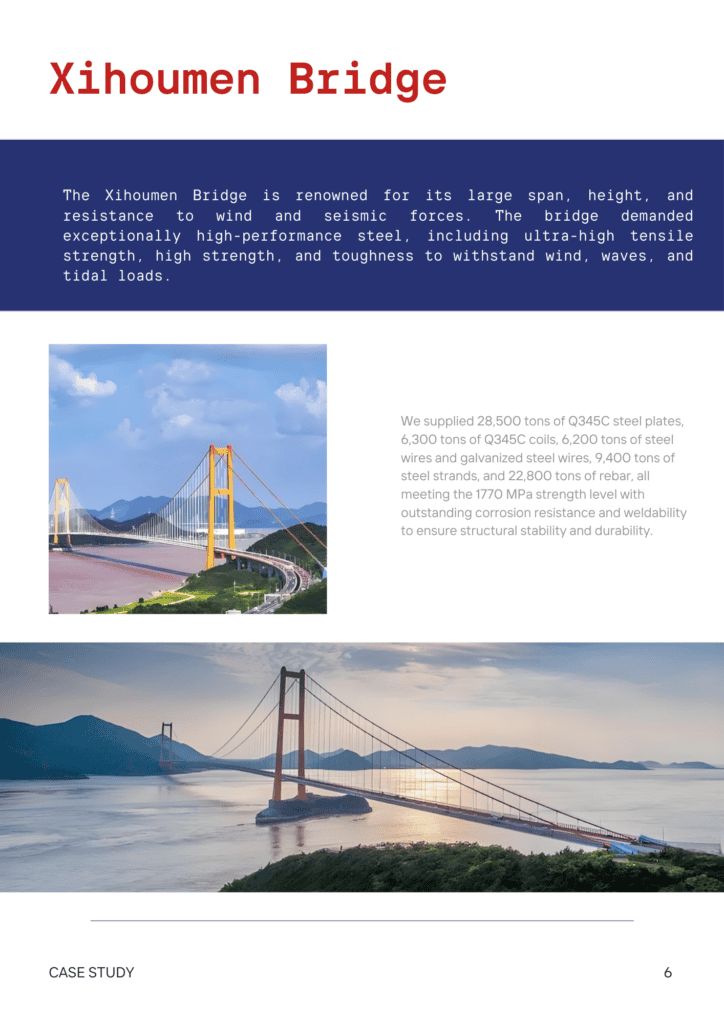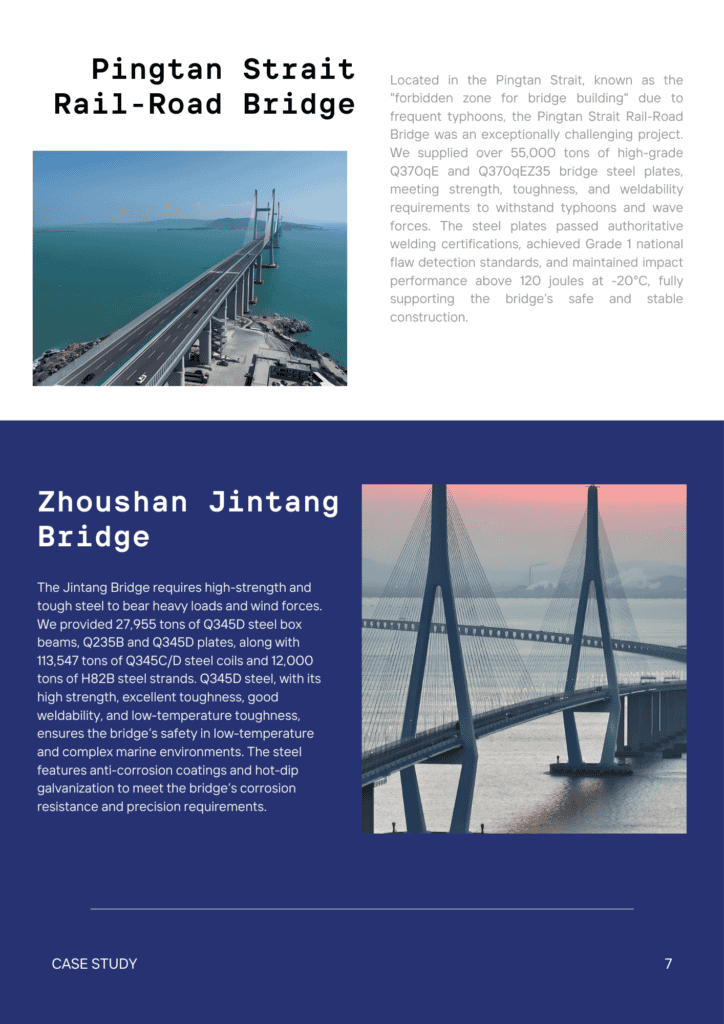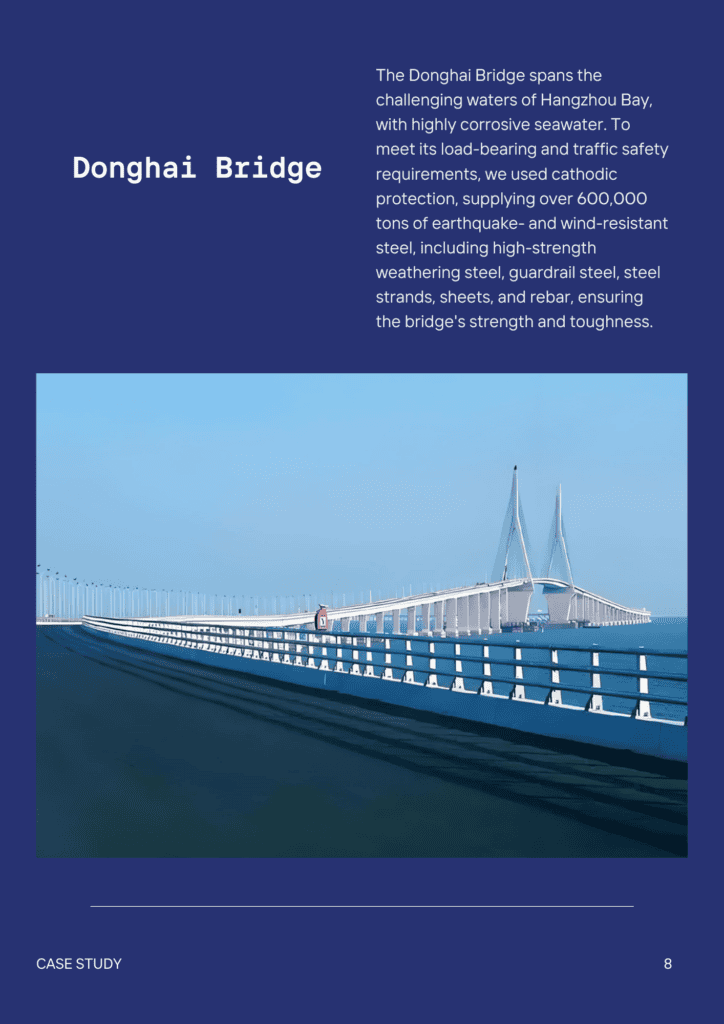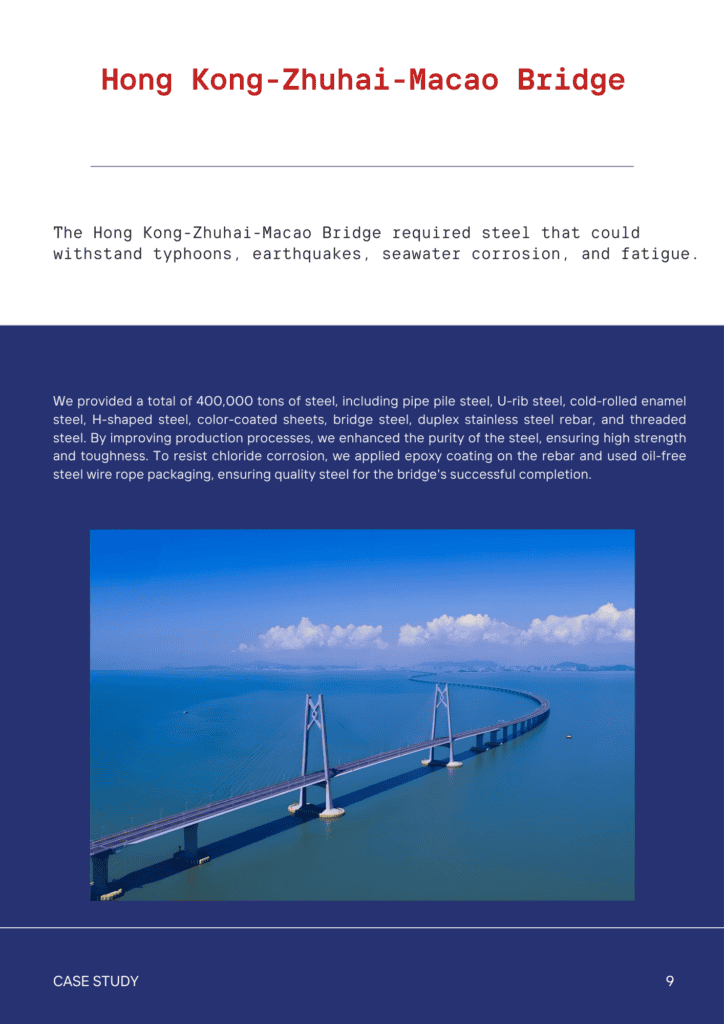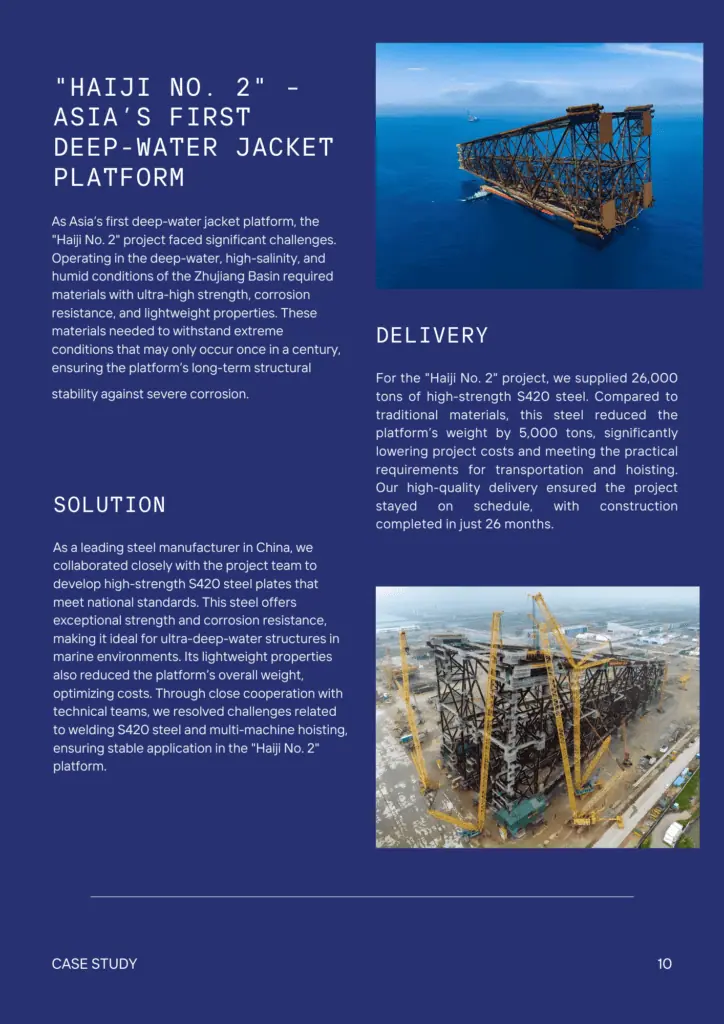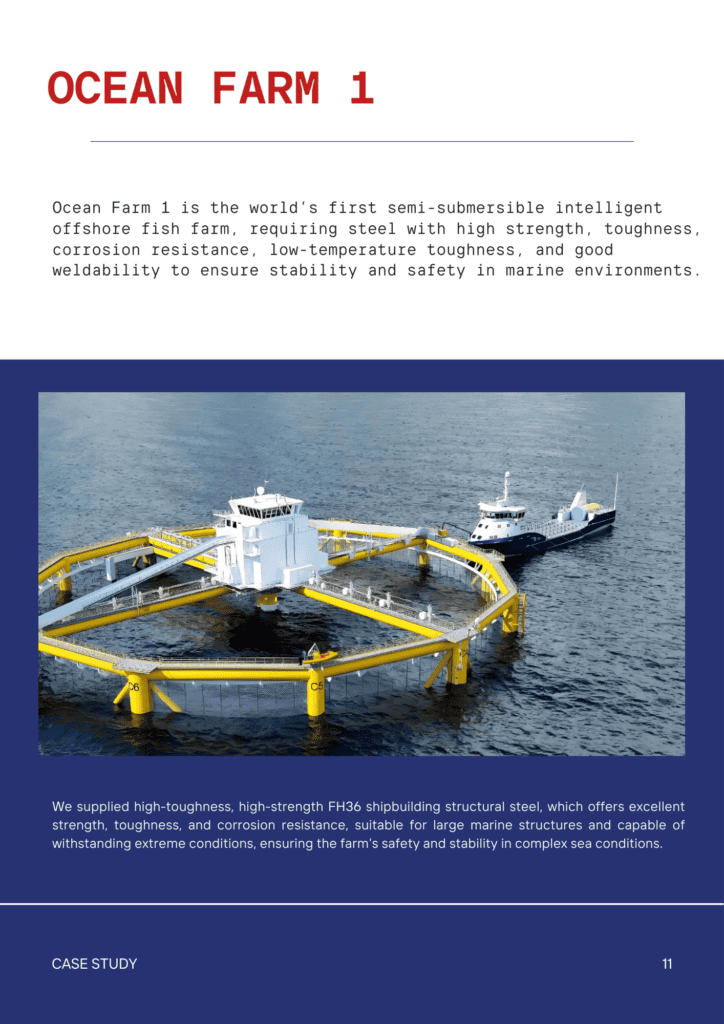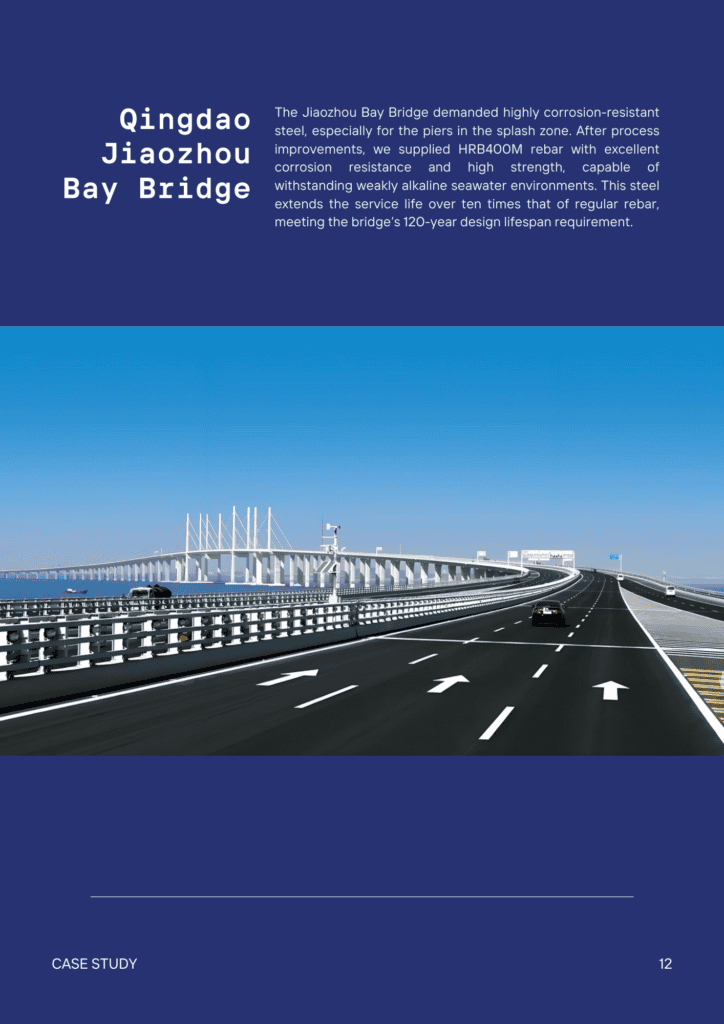Contents
Cast Iron vs Galvanized Steel: Key Differences
- John

Cast iron is an alloy primarily made of iron and carbon. It excels in strength and heat retention but is prone to breaking under tension. Galvanized steel is steel coated with a layer of zinc. while less strong in compression, it offers better ductility and long-term durability due to its anti-corrosion coating.
The following sections will introduce these materials, comparing their chemical composition, characteristics, and typical uses.
Chemical Properties of Cast iron vs Galvanized steel
Chemical Composition
| Material | C | Si | Mn | P | S | Zn |
| Cast Iron | 2-4% | 1-3% | <1% | <0.1% | <0.1% | – |
| Galvanized | <0.25% | 0.15-0.25% | <1.3% | <0.05% | <0.05% | Coating |
Corrosion resistance
Galvanized steel resists corrosion better than cast iron. The zinc coating acts as a protective barrier, and even if damaged, it continues to shield the steel by corroding first. This sacrificial protection is especially effective in harsh, outdoor environments.
Cast iron does not have a similar coating. Its resistance depends on the type; for example, gray cast iron may develop surface rust that slows further corrosion, but it does not stop it. Overall, cast iron is more prone to rust, especially in moist conditions.
Physical Properties of Cast iron vs Galvanized steel
Appearance
Cast iron usually has a dark, and matte surface, giving it a rugged look. This is due to its graphite structure, which affects the texture and finish. In contrast, galvanized steel appears shiny with a silvery finish. The zinc coating gives it a reflective, metallic look, which can also feature a distinctive spangled pattern.
Strength
Cast iron excels in compressive strength, while galvanized steel is better in tensile strength. Cast iron’s high carbon content allows it to handle heavy loads without deforming, making it suitable for structures that bear weight. However, it is brittle and prone to cracking under impact or tension.
In contrast, galvanized steel has lower compressive strength than cast iron but superior tensile strength and flexibility. The steel core allows it to bend and absorb impacts without breaking, which is why it is commonly used in construction beams, bridges, and vehicle parts.
Other Differences Between Cast Iron and Galvanized Steel
Durability
Galvanized steel is more durable than cast iron in most environments. The zinc coating protects it from rust and corrosion, helping it last longer, especially outdoors. Cast iron is strong and resistant to wear but prone to rust when exposed to water or humid conditions.
Welding
Both cast iron and galvanized steel are difficult to weld. Cast iron’s high carbon content makes it brittle, leading to cracks during welding. Preheating can reduce this risk, but the process remains complex.
For galvanized steel, the main issue is the zinc coating. When heated, zinc vaporizes, releasing toxic fumes and causing weld defects.
Because of these challenges, mechanical connections like bolts and clamps are common alternatives, offering more reliable and simpler assembly options.
Cost
Cast iron cost less than galvanized steel. The manufacturing process for cast iron is simpler and uses less expensive materials, which lowers its production cost.
The coating process of galvanized steel, including surface preparation and dipping, increases production costs. However, the higher initial cost is often justified by its durability and lower maintenance needs, which can lead to savings over time in certain applications.
Applications of Cast iron vs Galvanized Steel
Cast iron is primarily used for applications where high compressive strength, durability, and heat retention are needed. It is commonly found in engine blocks, pipes, cookware, and heavy machinery. Due to its good vibration damping, it is also ideal for components like machine bases and brake discs.
Galvanized steel is ideal for structures needing corrosion resistance and tensile strength. It works well outdoors, in applications like fencing, roofing, and gutters. It is also used for beams, columns, and automotive parts, as it withstands harsh weather without rusting.
Cast Iron vs Galvanized Steel Pipe
Cast Iron Pipe
Cast iron pipes are ideal for underground sewage and drainage systems.
Their high compressive strength enables cast iron pipes to handle heavy soil loads and external pressure. They are abrasion-resistant, making them durable for carrying solid particles in sewage. Additionally, cast iron dampens noise, reducing water flow sounds in buildings. However, cast iron is prone to corrosion, so pipes are treated with protective coatings like bitumen, cement mortar linings, or epoxy.
Other Applications of Cast Iron Pipes
- Heating Systems: Used in older radiator systems for their ability to retain and evenly distribute heat.
- Industrial Piping: Suitable for transporting abrasive materials in mining and manufacturing due to its wear resistance.
Galvanized Pipe
Galvanized steel pipes are better suited for water supply lines and outdoor plumbing. The zinc coating provides good resistance to rust, making these pipes ideal for settings exposed to moisture, such as irrigation systems and exterior water fixtures. They are also lighter than cast iron, making them more easy to install and handle on-site.
However, if the zinc coating gets damaged, the steel underneath can corrode, so regular inspections are important
Other Applications of Galvanized Steel Pipes
- Scaffolding: Used in construction for temporary frameworks because of their strength and corrosion resistance.
- Fence Posts and Railings: Popular for outdoor fencing and guardrails due to durability and resistance to weather.
Looking for Top-Quality Galvanized Steel?
Steel Pro Group has you covered. Our products meet strict industry standards, ensuring durability and long-lasting performance. We pride ourselves on reliable, on-time delivery, so your projects stay on track.
Need a quote or more details? contact us today, and let’s get your order moving!



